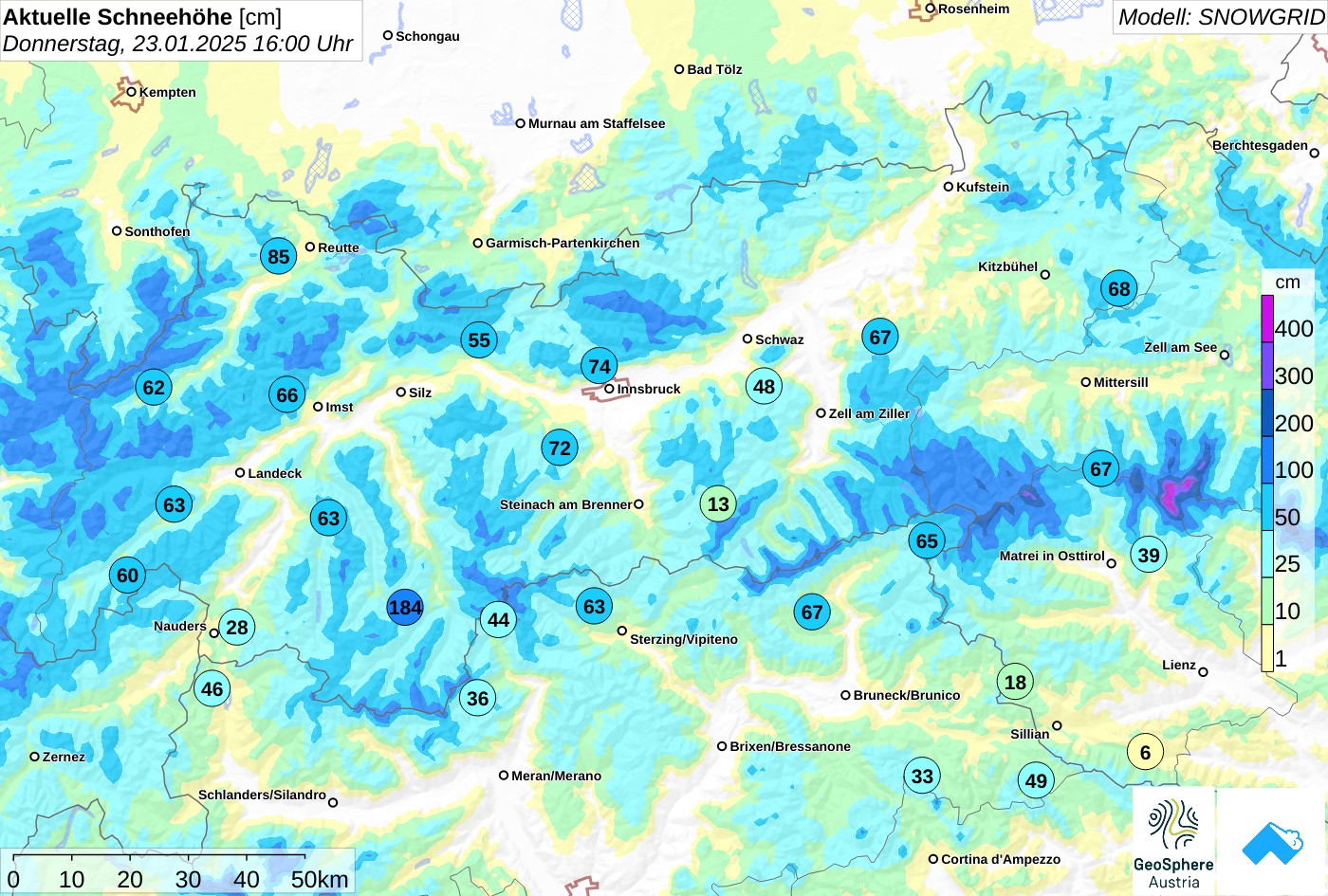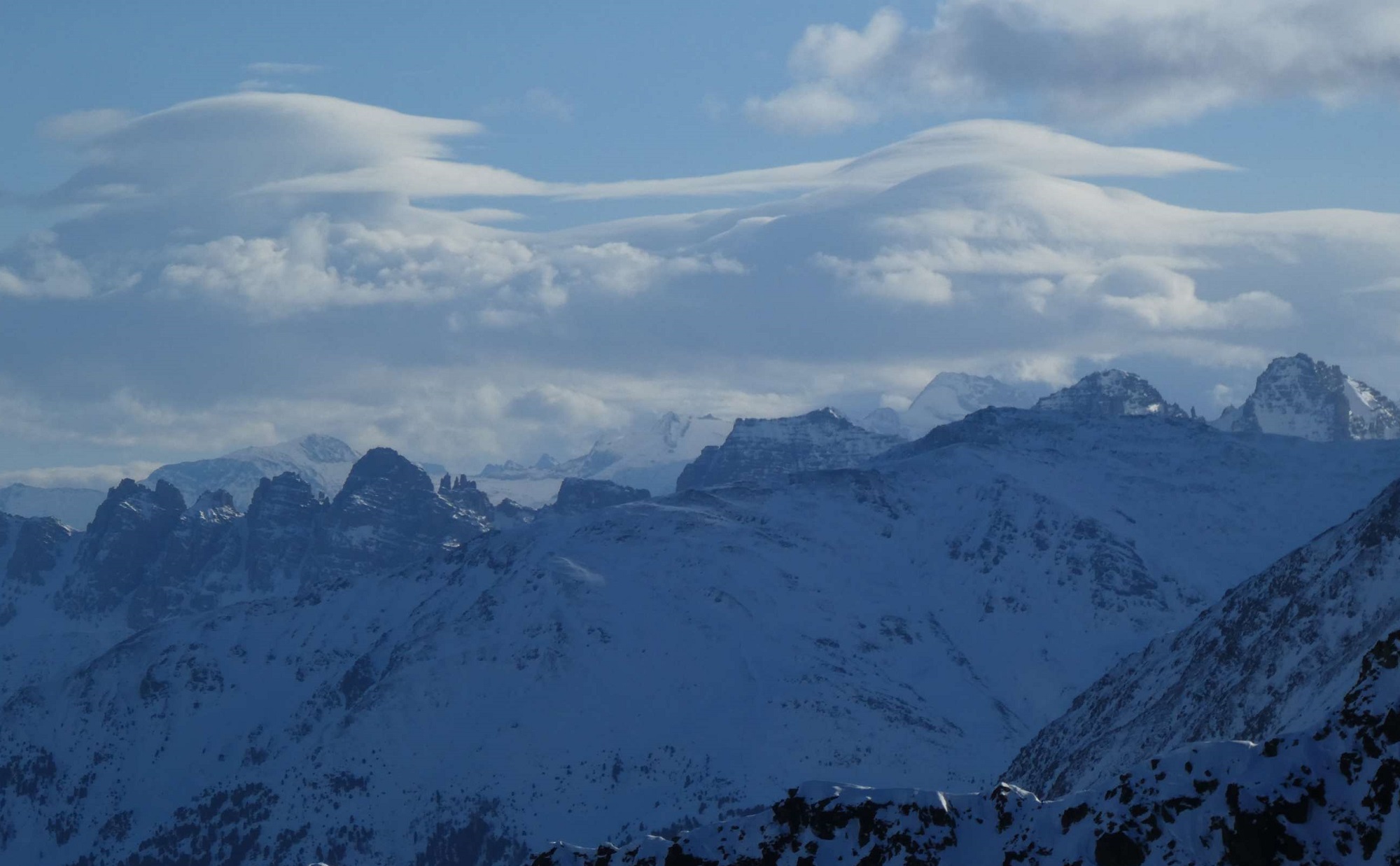Avalanche danger in Tirol’s mountains currently falls between two danger levels, low and moderate. The major risk stems from small drifted masses on very steep north and east-facing ridgeline slopes. Simultaneously, snow depths throughout the land are below average for this juncture of the season. In many places lurks the danger of rocks and ground contact, glacier crevices are barely covered. Middle of next week, a SW front could bring fresh snow.
Small, often trigger-sensitive drifts at high altitudes
The cold front that passed over the land today, 23.01, brought (as forecast) only a negligible amount of precipitation, in western regions beginning as rain extending up to 2000m.
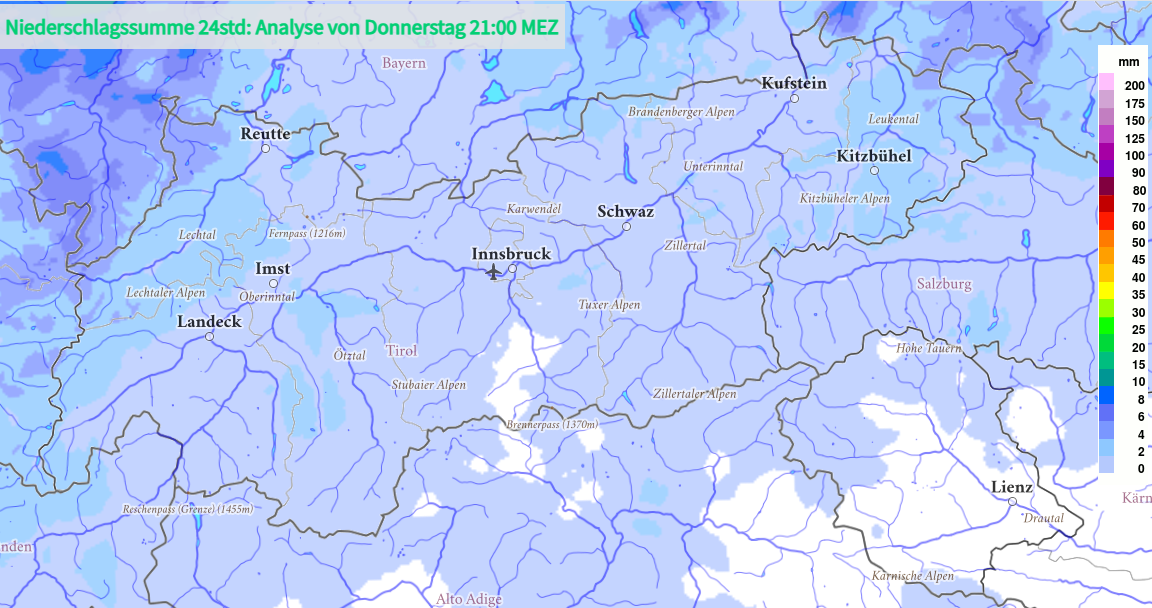
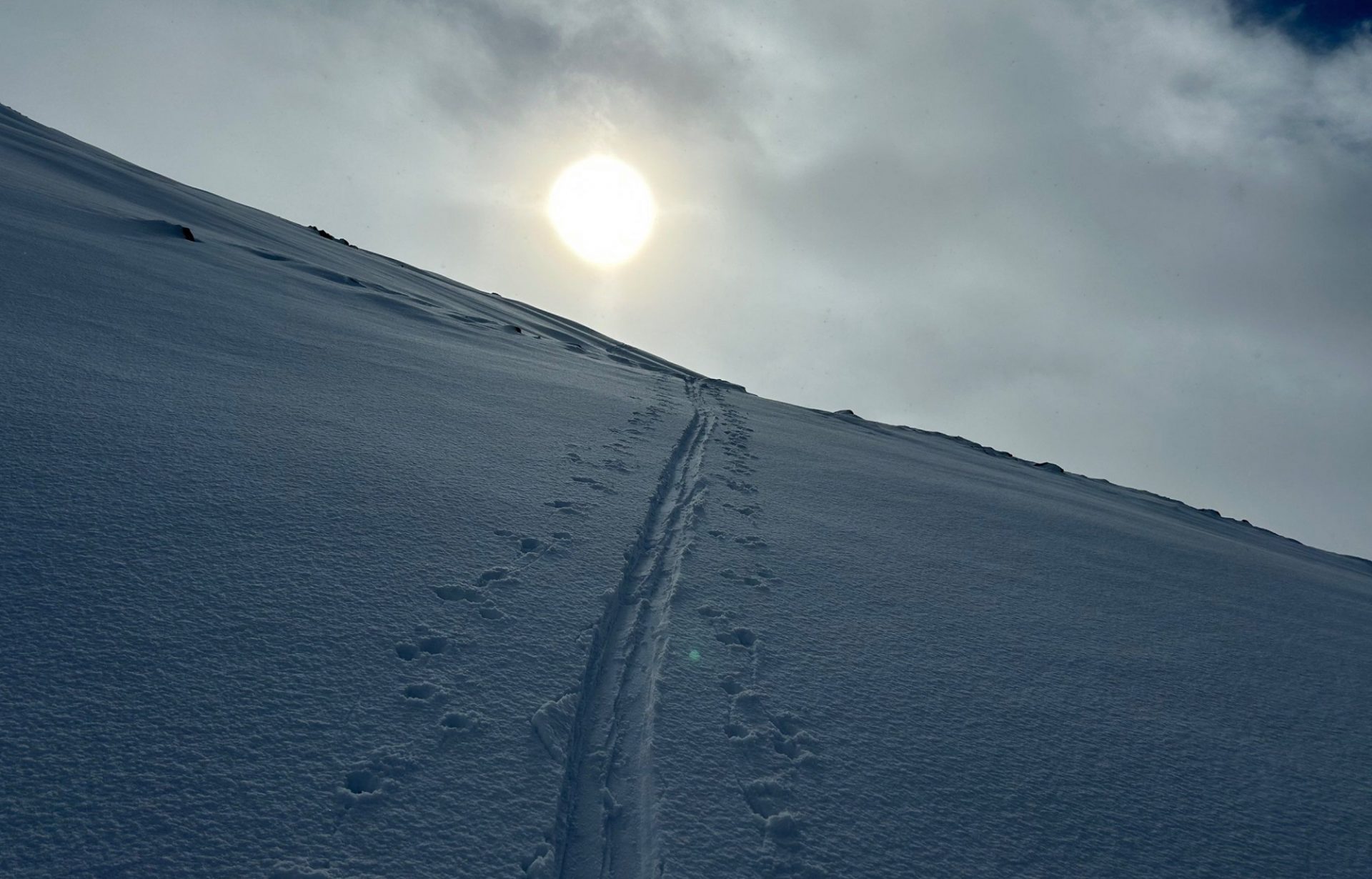
The southerly foehn collapsed when the cold front moved in. The often strong-velocity wind continues, however, although the wind direction has shifted more to westerly.
The shift in wind direction led to regionally loose surface snow (which had been left unaffected by the southerly foehn) being transported. Fresh snowdrift accumulations were thereby generated which may be prone to triggering on very steep north and east-facing slopes, at least on Friday, 24.01. This will be the case where the drifts get deposited atop a loose, expansively metamorphosed snowpack surface or possibly on top of fresh snow on wind-protected zones. With the currently highly diverse snowpack surface, there are not many spots like that. Due to the minor amounts of transportable snow, the fresh drifts will remain small. Moreover, they will be quite easy to recognize and thus can be circumvented, particularly in terrain where taking a fall is possible.
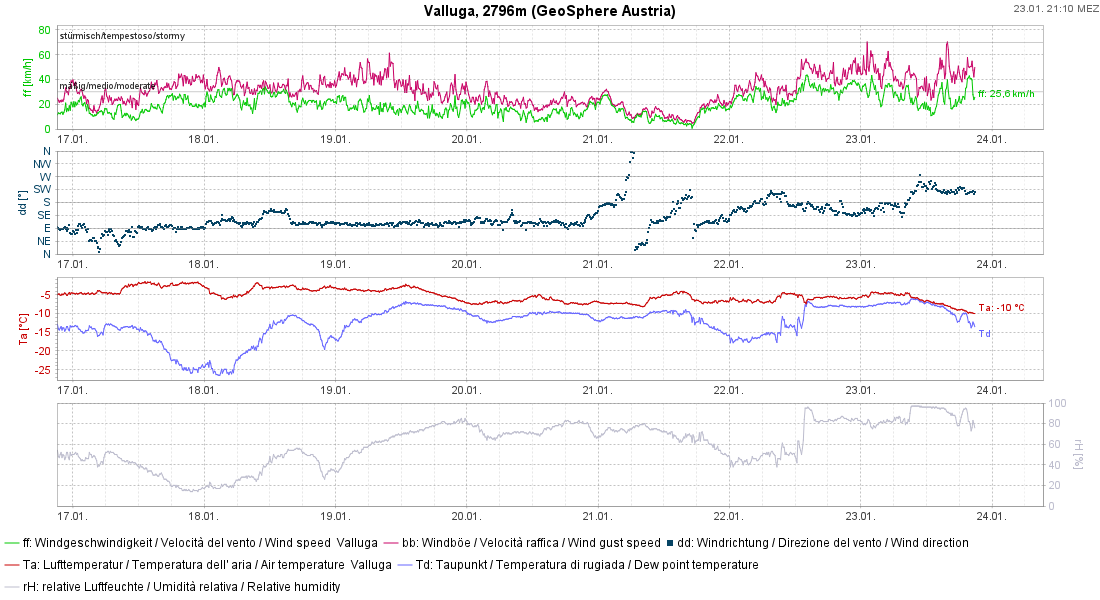
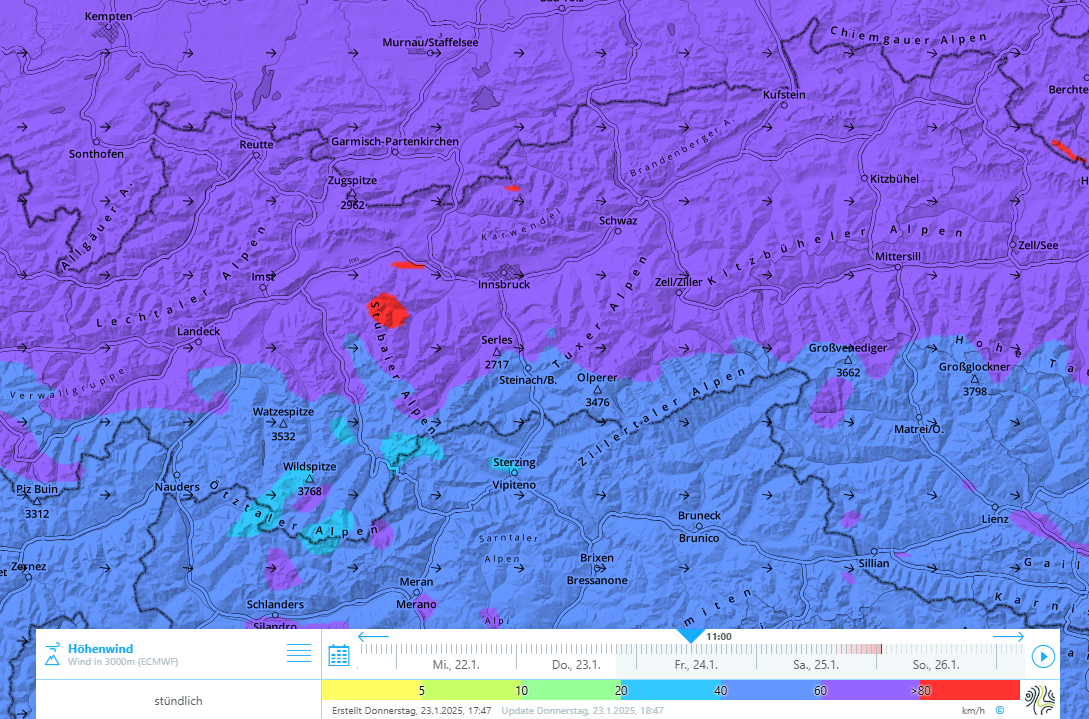
Springlike weather followed by southern barrier clouds
Starting on Friday, 24.01, air temperatures will rise measurably during the course of the day. On Saturday the zero-degree level will ascend to nearly 3000m. The small snowdrift accumulations will rapidly consolidate and soon be hardly triggerable.
On Sunday, temperatures will then recede significantly and a moist southern barrier cloud front will establish itself. Thereby, another strong-to-stormy foehn wind phase will be ushered into North Tirol through Monday. Thereafter, until Wednesday, 29.01, heavy snowfall is possible.
In a few days an update of the situation will be published with more precise calculations about approaching weather developments. One thing is certain: the weather is going to get more interesting, both in terms of snowfall and of avalanche dangers.
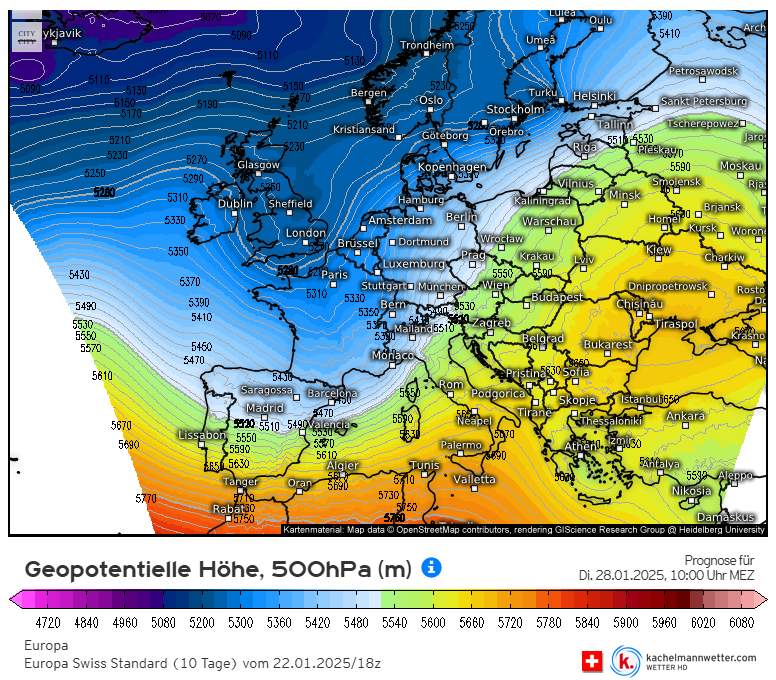
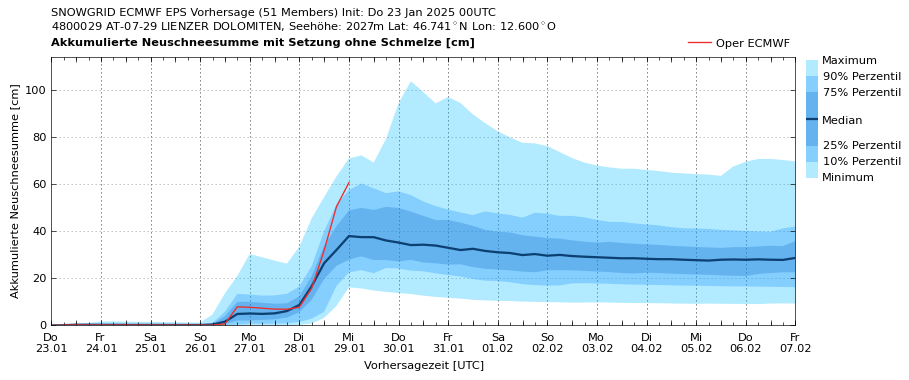
Not much snow, poor snow quality
More than anything else it was the frequently strong-velocity wind which deteriorated snow quality over the last week. The snowpack surface is highly diverse, often pretty poor for skiing. Powder snow in the form of expansively metamorphosed, faceted crystals or surface hoar is most likely to be found on wind-protected shady slopes below 2000m. Steep south-facing slopes at all altitudes have become moist through solar radiation and mild temperatures. In isolated cases, acceptable firn snow has been reported.
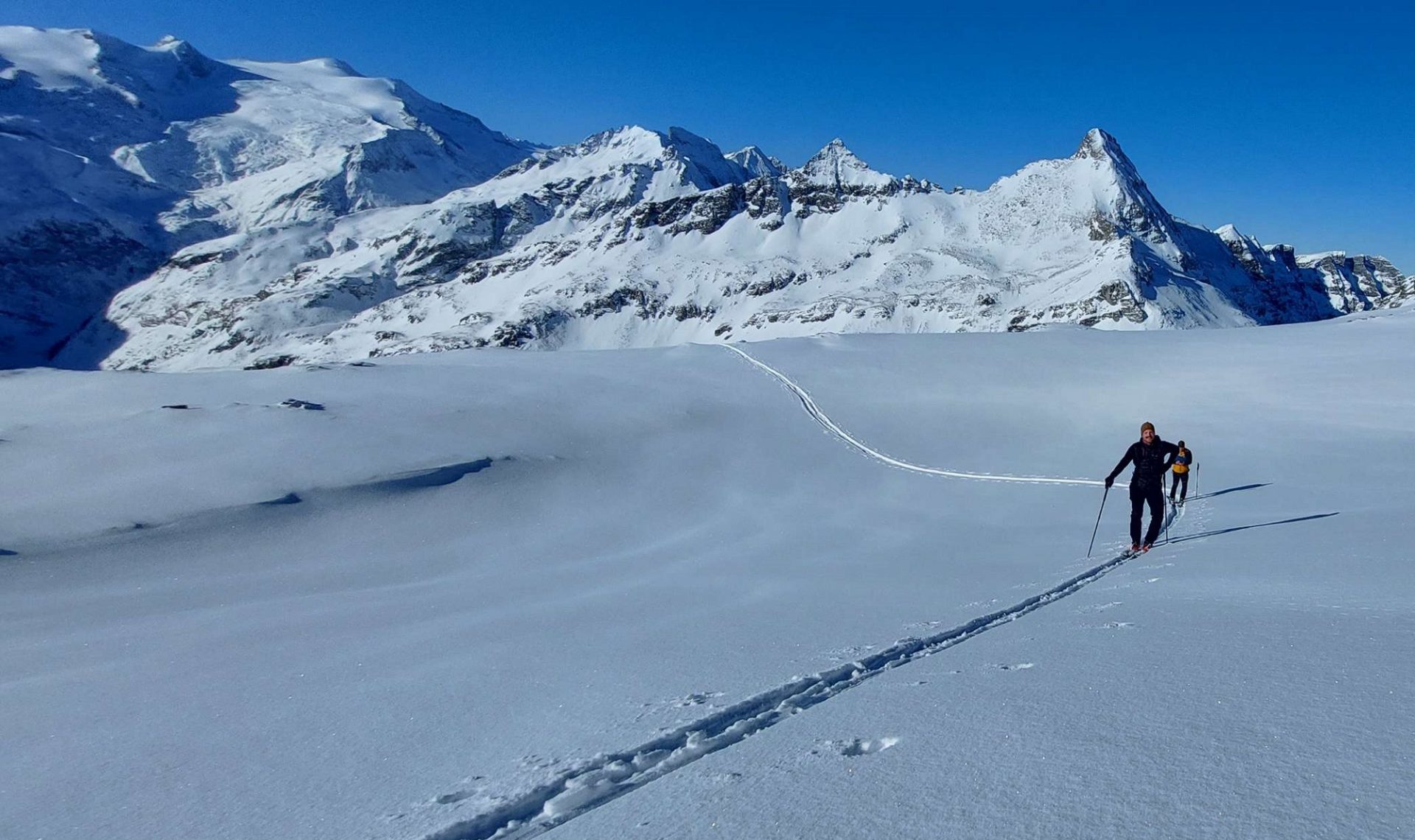
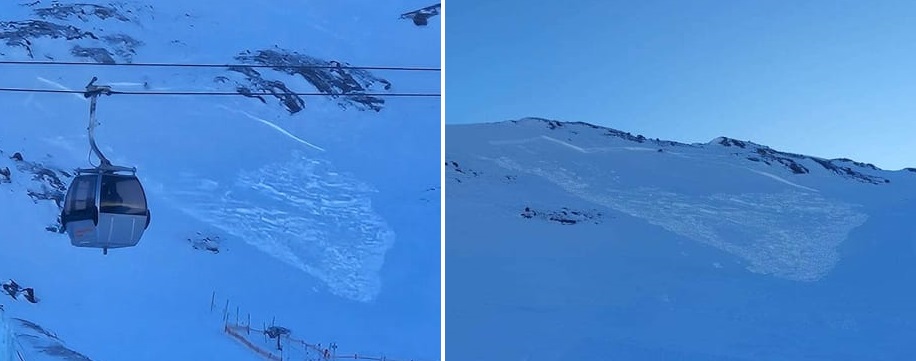
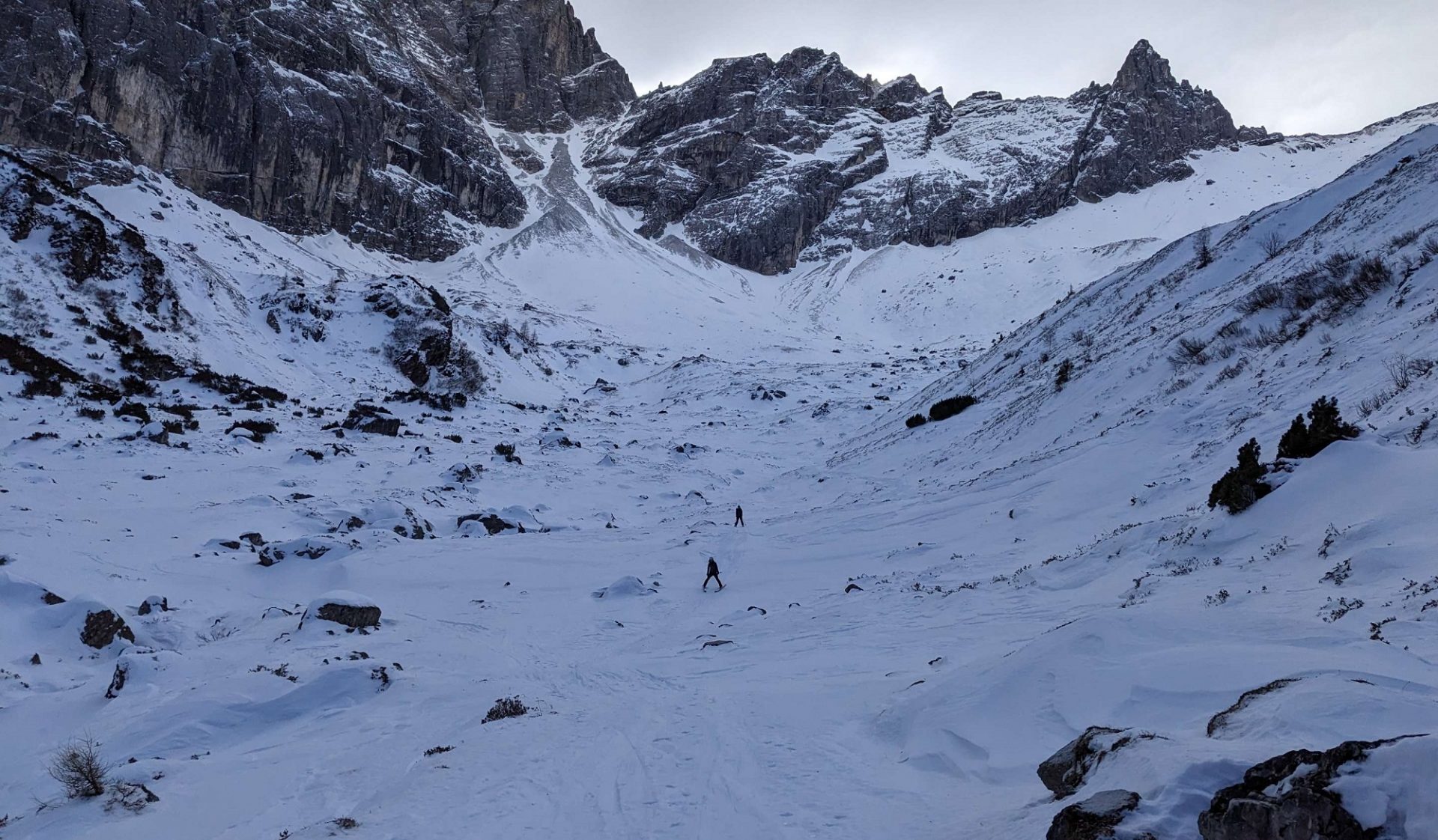
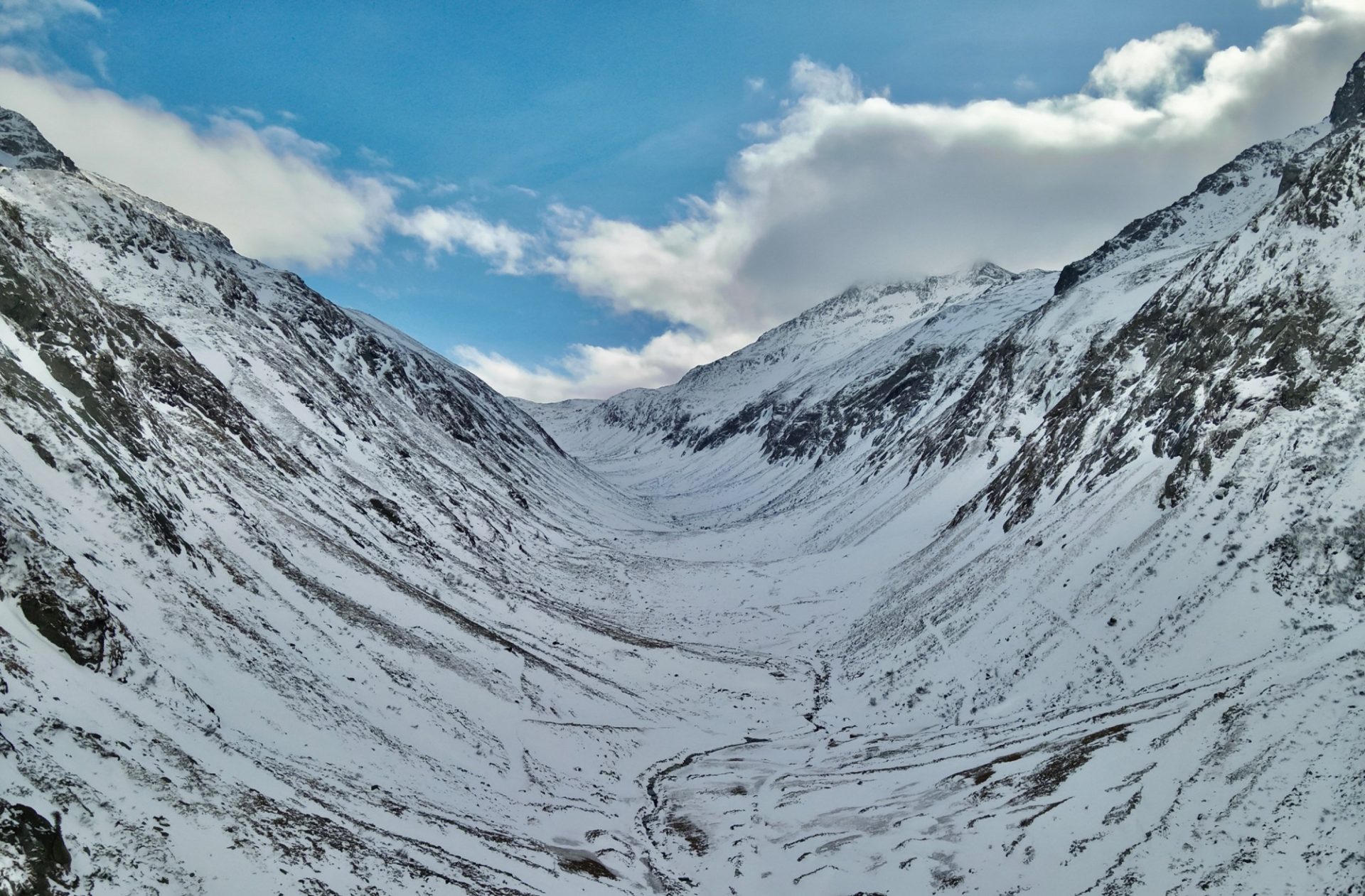
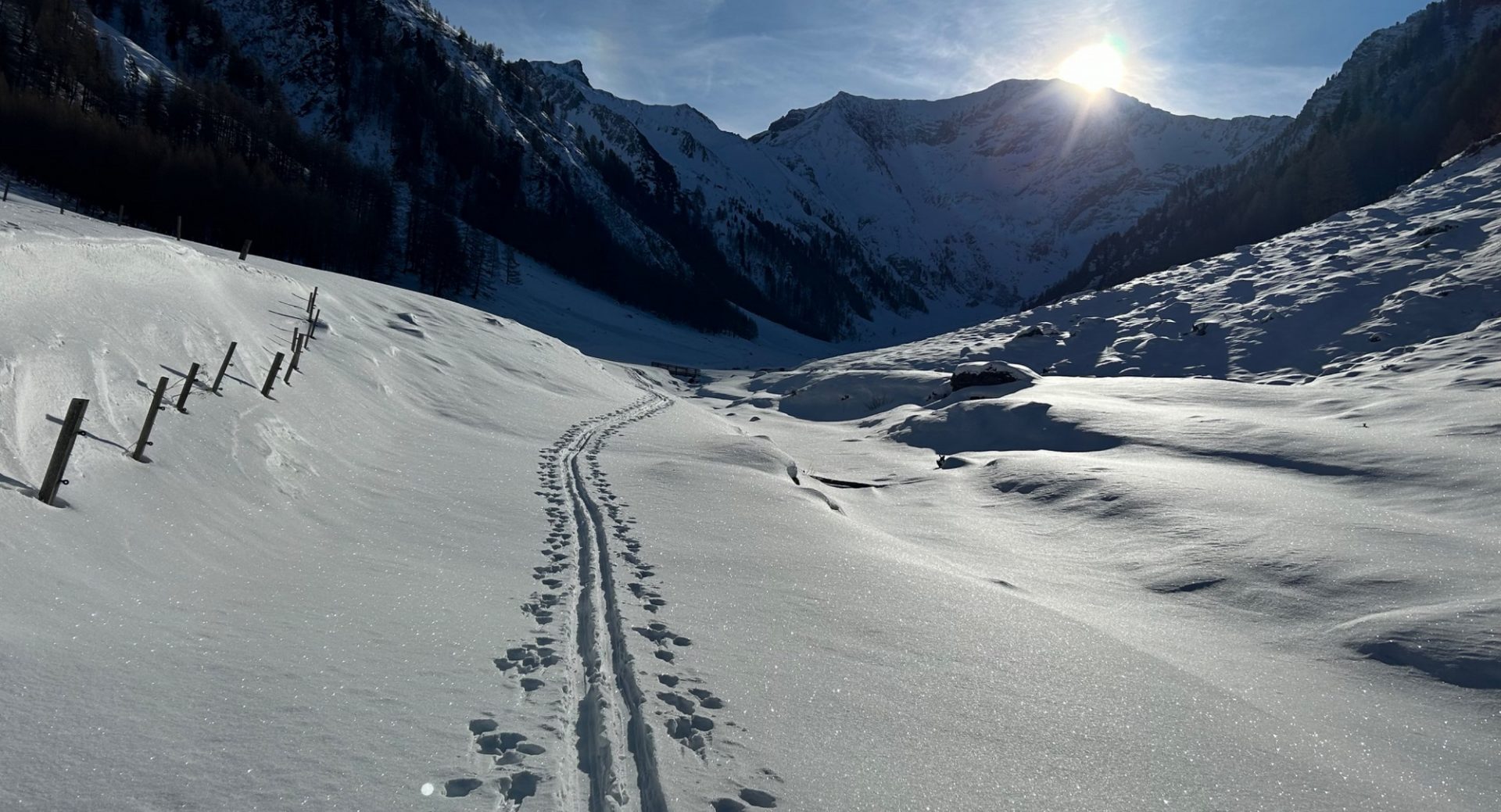
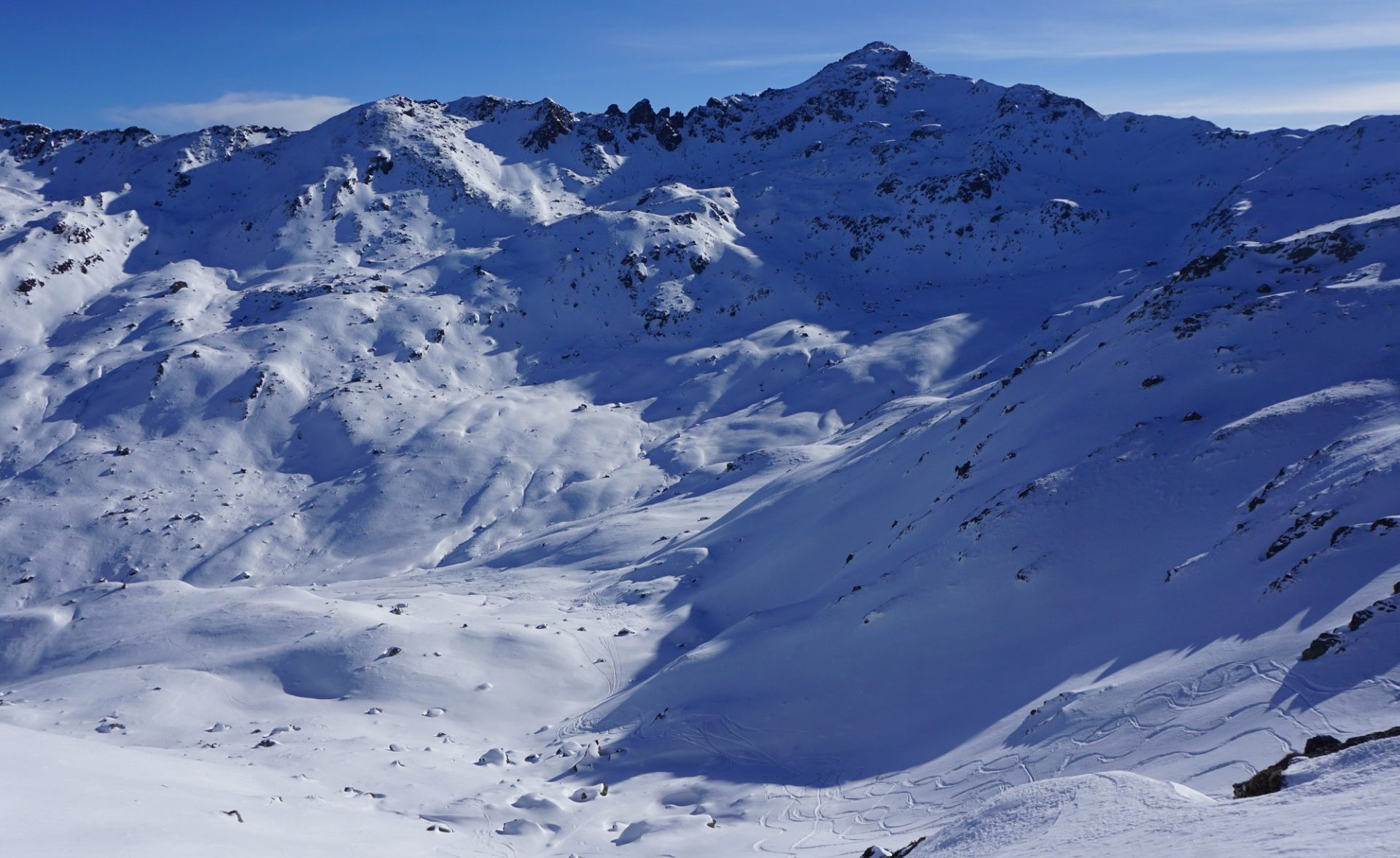
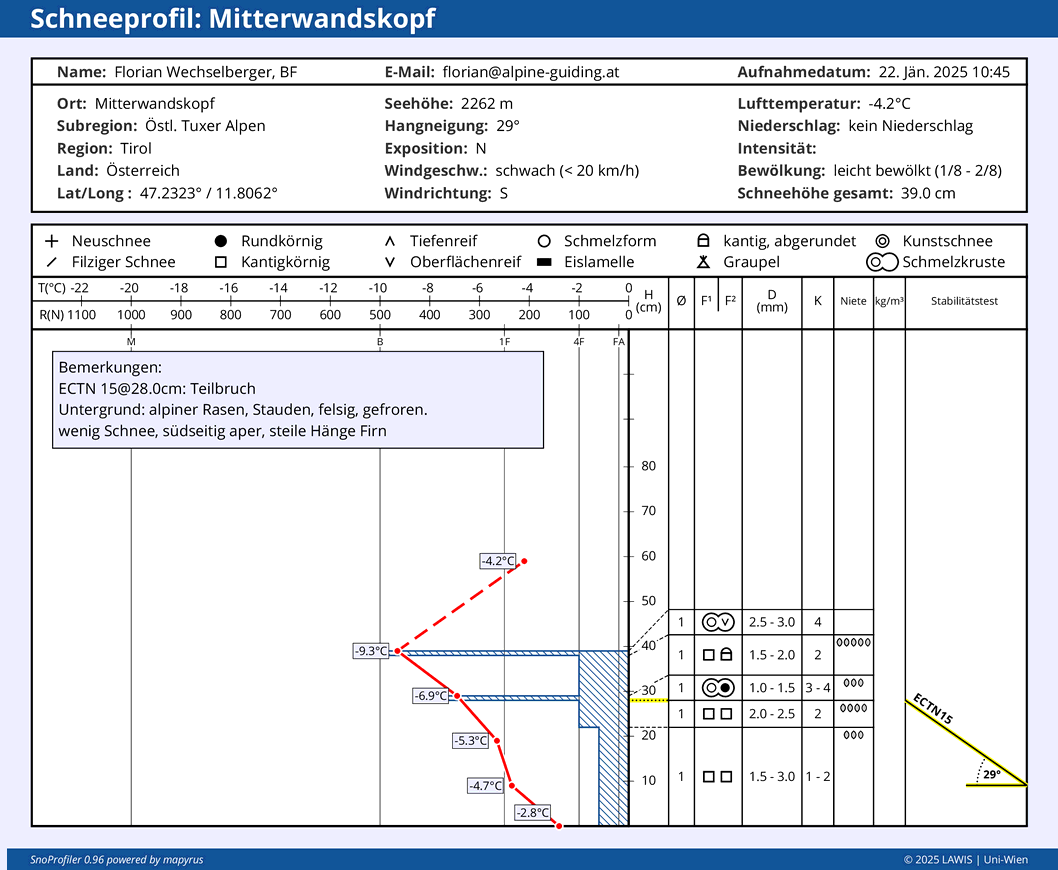
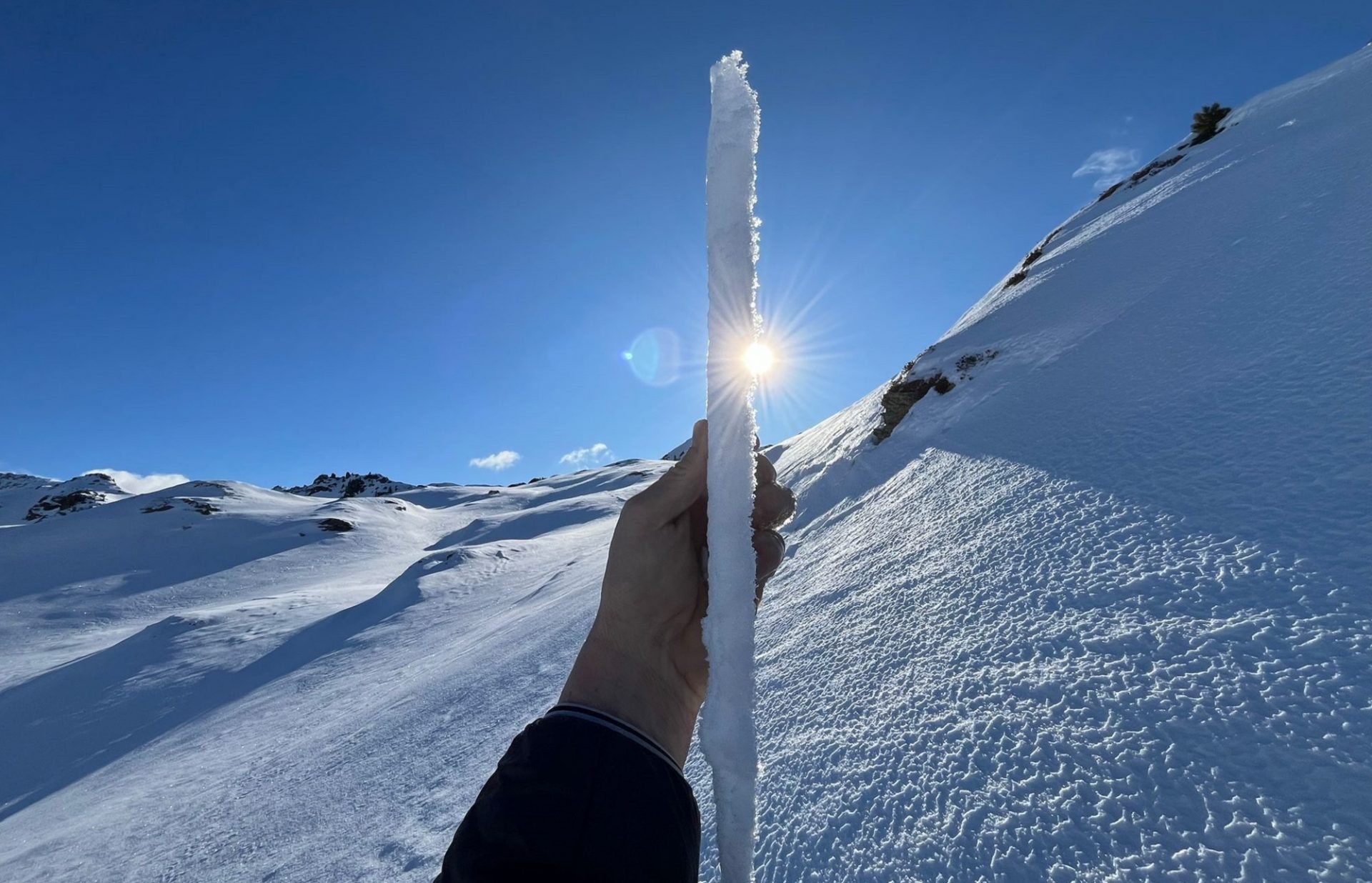
Besides the snow quality, the amounts of snow also leave much to be desired. Derived from the relative snow depths that the Swiss Avalanche Warning Service calculated along our common border near the Silvretta and Samnaun Massifs, we currently lie at approximately 60%, compared to long-term averages (1991-2020). In East Tirol, probably less than that.
